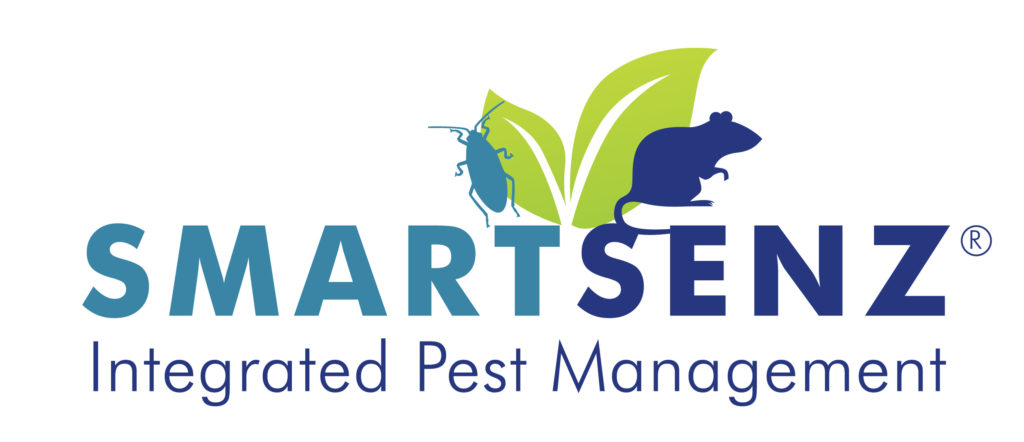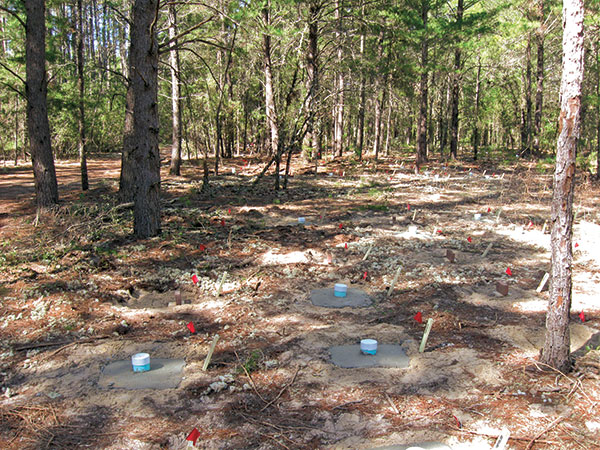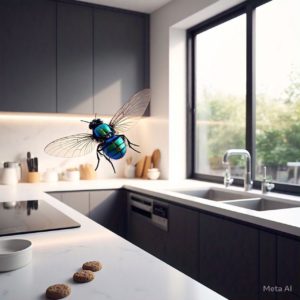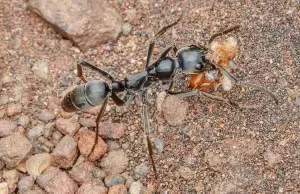Integrated Pest Management is a well-known method in the commercial industry to manage pests; however, this method is not exclusive to structural pests. IPM also plays an important part in our forests and the conservation and protection of our trees.
Forest IPM is used to manage pests in a forest environment to prevent damage in this beautiful (and commercially profitable – in some cases) landscape. Forest IPM is utilized during the entire lifecycle of the tree and combines cultural, biological and chemical management methods to reduce the pest damage.
Cultural control is a method of crop protection using careful timing and a combination of science and technology to make the environment less favorable for pests. For example, having a proactive plan for the removal of disastrous weeds.
Biological control is the reliance on natural enemies for pest management. Insects from their original area are moved to a new area to restore balance in a pest-populated area. For example, aphids cause tremendous damage to plants by removing nutrients from them. Controlling an aphid population is done by using the parasitic wasp – as it lays eggs inside aphids! The aphids die when the eggs hatch and the small wasp emerges.
Chemical control includes using pesticides, which can be biological pesticides and/ or pheromones as well. A common chemical used in forest IPM is Triadimefon, a pesticide used to help protect trees against fusiform rust.
A biological control agent is still classified as a pesticide but is derived from plants or naturally occurring microorganisms. A good example of this is Bt (Bacillus thuringiensis) which is used to kill many pest larvae species.
Lastly, pheromone traps are the natural chemicals used by insects to attract mates and find food. Pheromones are used to attract the target pest species to a specific location where targeted chemicals/ traps etc. can be used.
Overall, we can see that the method of IPM is not just a management method for everyday pests, but that mother earth can survive longer and endure more when we follow the correct systems and implement the right procedures to manage and treat pests everywhere.





